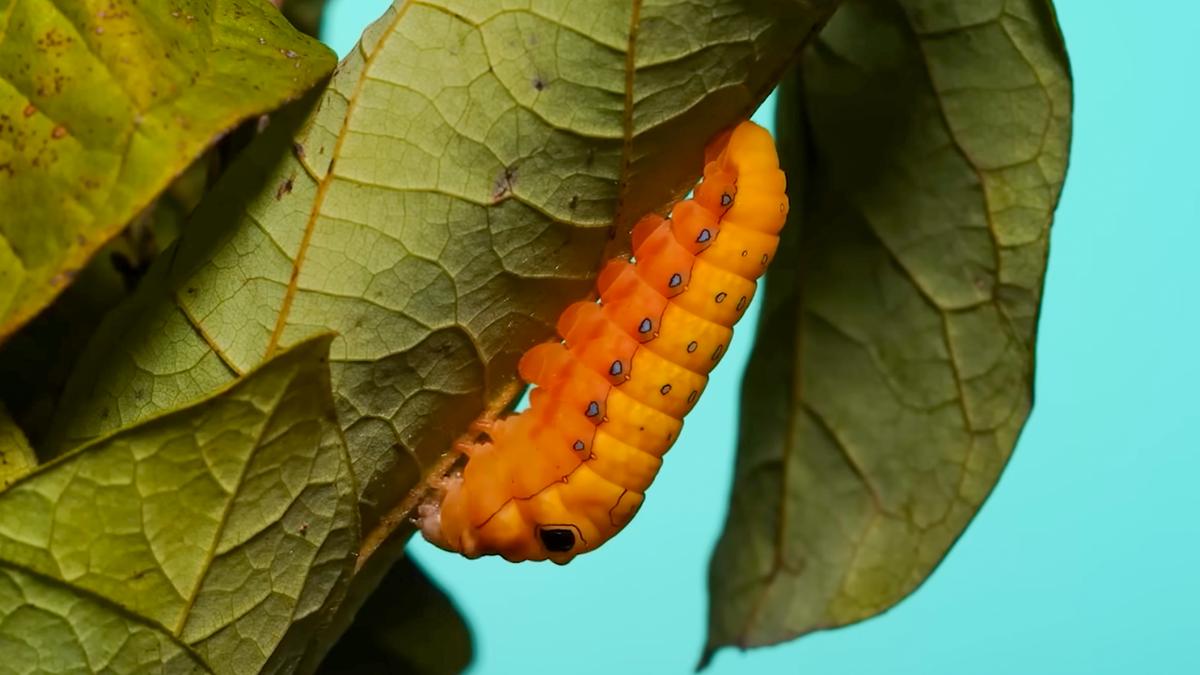
"In this video, the biologist Adrian Smith provides close-ups of a diverse array of caterpillars all found within 20 miles of Raleigh, North Carolina, where he heads the Evolutionary Biology and Behavior Research Lab at the North Carolina Museum of Natural Sciences. Zooming in, speeding up and slowing down time with his camera, Smith shows how these caterpillars support healthy ecosystems, employ a range of strategies to protect themselves from predators and, of course, transform into seemingly entirely different creatures."
"employ a range of strategies to protect themselves from predators and, of course, transform into seemingly entirely different creatures. Using riveting footage of the caterpillars moving, camouflaging themselves, eating and growing, the short makes for an awesome glimpse into the incredible biodiversity and fights for survival that occur unnoticed all around us each day. And, ever the showman, Smith finishes with a grand finale - the rare spectacle of a butterfly taking flight for the very first time."
Close-up footage presents a diverse array of caterpillars found within 20 miles of Raleigh, North Carolina, filmed with macro techniques that vary zoom and time speed to reveal subtle behaviors. The caterpillars are shown supporting healthy ecosystems through herbivory and serving as prey, while displaying defenses such as camouflage, mimicry, spines, toxins, and evasive movements. Time-lapse and slowed sequences document feeding, growth, and the dramatic metamorphosis into moths and butterflies. The sequence culminates with rare footage of a newly emerged butterfly achieving its first flight, illustrating lifecycle completion and the hidden biodiversity and survival struggles around human habitats.
Read at Aeon
Unable to calculate read time
Collection
[
|
...
]